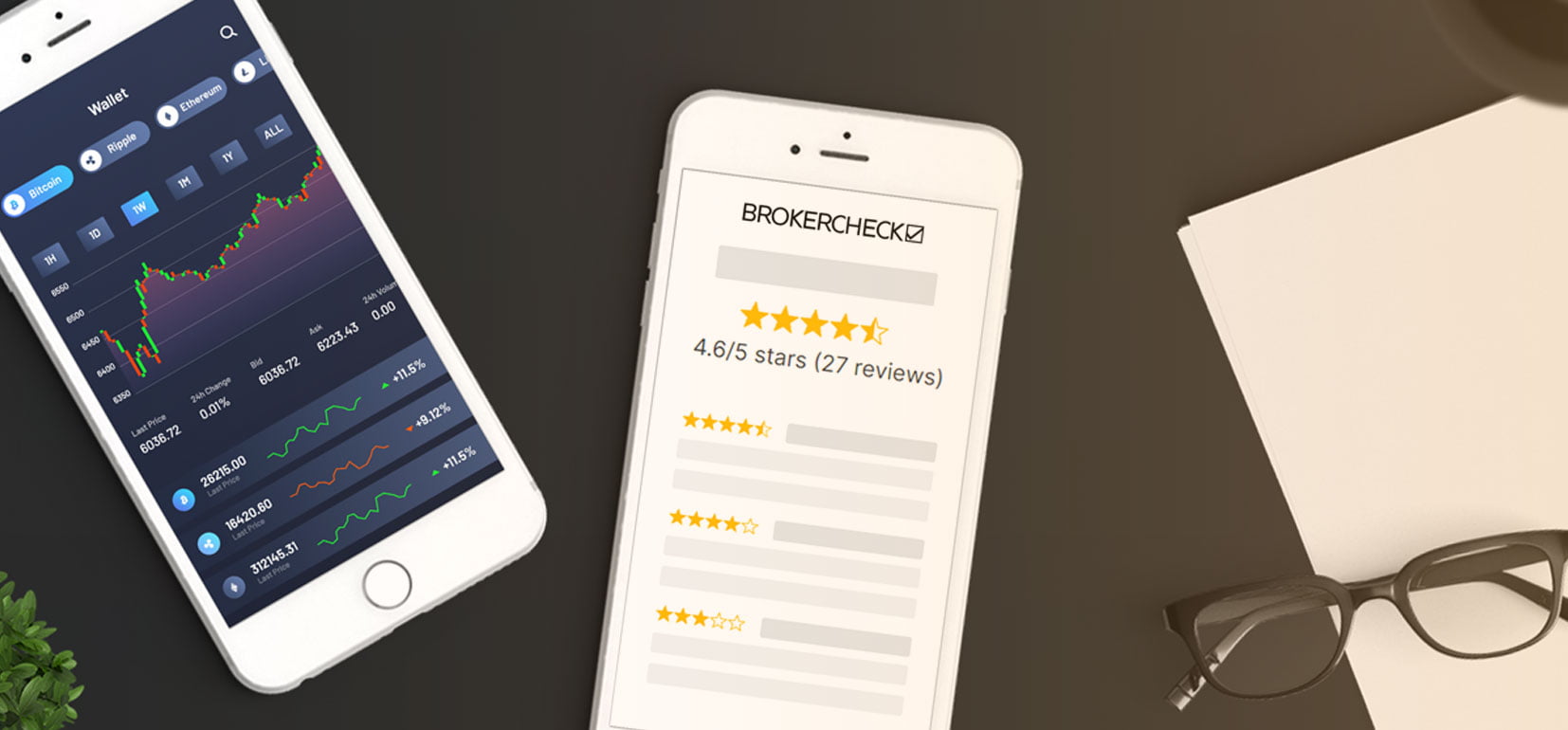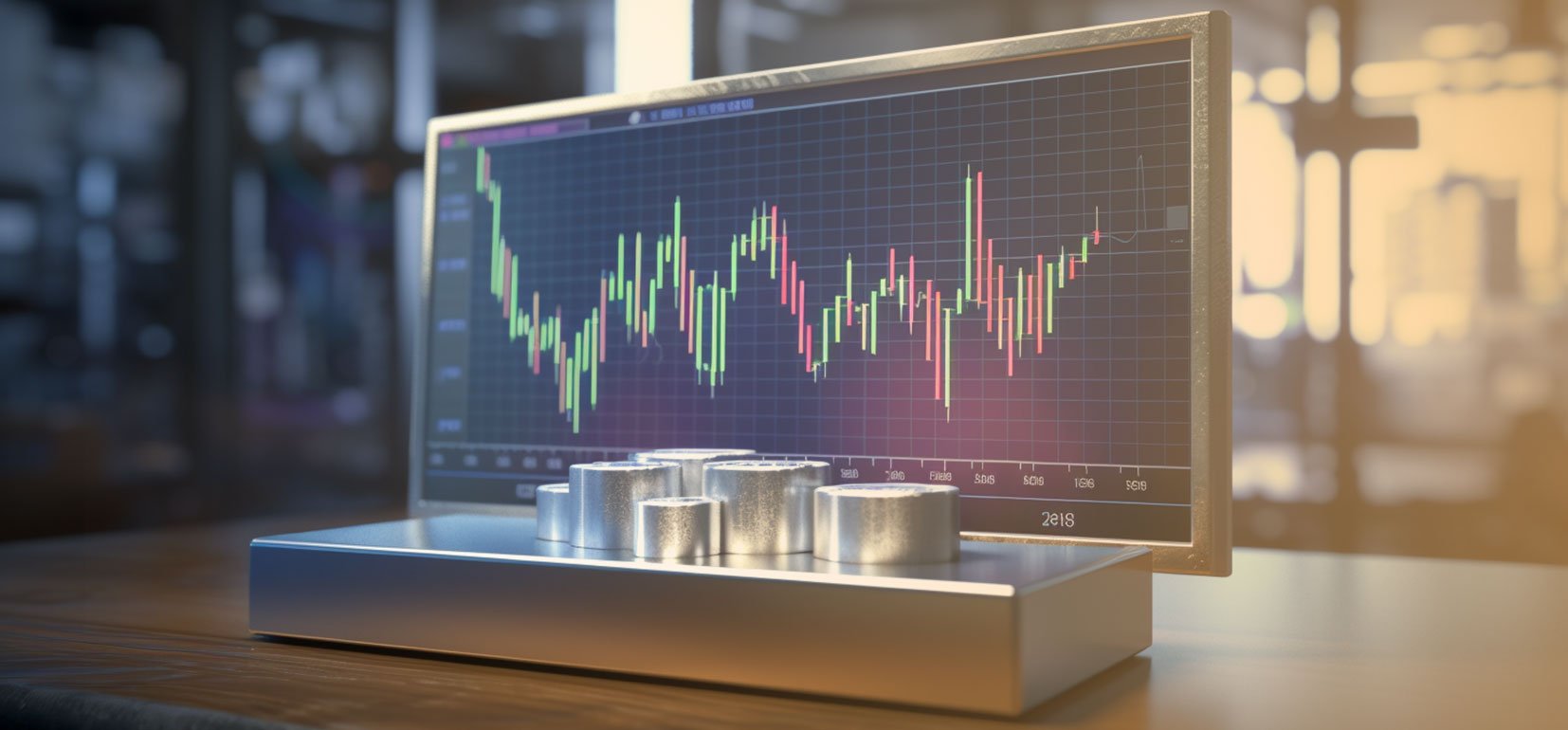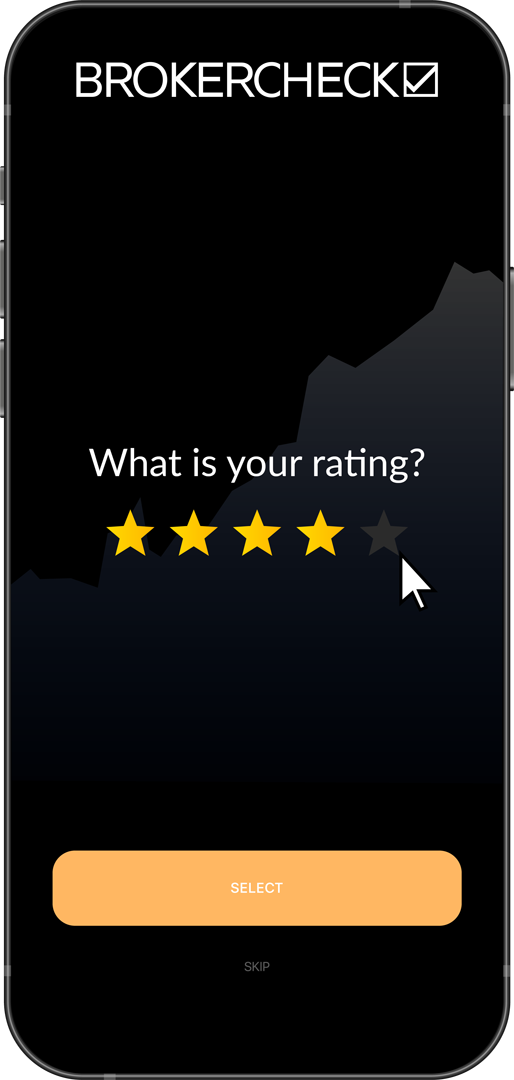1. Understanding the Basics of Silver Trading
Silver, often considered the “poor man’s gold,” is far more than just a cheaper alternative to the yellow metal. Its unique properties and widespread use in various industries make it a compelling investment option that should not be overlooked. Silver trading can be a lucrative venture if you understand its basics and navigate the market wisely.
The first step in silver trading is understanding the market dynamics. Silver prices are influenced by a myriad of factors, including supply and demand, global economic conditions, and investor sentiment. For instance, during economic downturns, investors often flock to silver as a safe-haven asset, driving up its price. Conversely, when the economy is booming, demand for silver in industrial applications often increases, which can also push up prices.
Spot prices and futures contracts are two key concepts in silver trading. The spot price is the current price at which silver can be bought or sold for immediate delivery. Futures contracts, on the other hand, are agreements to buy or sell a certain amount of silver at a specified price on a future date. These contracts can be traded on futures exchanges, offering traders a way to speculate on future silver prices.
Technical analysis and fundamental analysis are two main strategies used by silver traders. Technical analysis involves studying price charts and using statistical indicators to predict future price movements. Fundamental analysis, on the other hand, involves evaluating the broader economic and industry factors that affect silver prices. Both strategies have their merits and can be used in conjunction to make informed trading decisions.
Silver trading also involves risk management. It’s crucial for traders to set a stop-loss order to limit potential losses. This is an order placed with a broker to sell a security when it reaches a certain price. It’s also advisable to only invest a small portion of your portfolio in silver, as its price can be volatile.
In the world of silver trading, knowledge is power. The more you understand about the silver market, its driving factors, and the strategies used to trade it, the better equipped you’ll be to navigate its ups and downs. So, immerse yourself in learning, stay updated with market news, and always trade with a clear strategy and risk management plan.
1.1. What is Silver Trading?
Diving into the financial world of commodities, you’ll quickly realize that silver is a shining star in the trading universe. A precious metal with a rich history, silver’s allure lies not only in its aesthetic appeal but also in its immense potential for profit. Silver trading refers to the act of buying and selling silver in various forms on the global market. This can be done through physical silver like coins and bullion, silver futures contracts, exchange-traded funds (ETFs), or shares in silver mining companies.
Why is silver so significant? It’s not just about the bling. Silver is a highly versatile metal with numerous industrial uses, from electronics to medicine, making it a commodity in constant demand. This demand, coupled with its limited supply, creates a dynamic market ripe for trading.
How does silver trading work? Like other commodities, the price of silver is influenced by supply and demand dynamics, geopolitical events, and economic indicators. Traders aim to profit from these price fluctuations, buying when the price is low and selling when it’s high.
What are the risks? As with any form of trading, silver trading is not without its risks. The price of silver can be volatile, influenced by factors beyond a trader’s control. However, with careful analysis, strategic planning, and a disciplined approach, these risks can be managed effectively.
What are the rewards? Silver trading can offer substantial financial rewards. The potential for high returns, coupled with the thrill of the trade, can make silver trading an exciting and profitable venture.
To become a successful silver trader, it’s crucial to understand the market, stay updated on global events, and continuously refine your trading strategy. Whether you’re a seasoned trader looking to diversify your portfolio or a beginner stepping into the world of commodities, silver trading offers a unique opportunity to grow your wealth.
1.2. Importance of Silver in the Global Economy
Silver, often overshadowed by its more illustrious counterpart gold, is a powerhouse in its own right. It’s not just a precious metal, but a critical component in a vast array of industrial applications. From electronics to medicine, silver’s unique properties make it an indispensable part of modern life.
As a highly conductive metal, silver is a key player in the electronics industry. It’s used in everything from printed circuit boards to switches, ensuring your devices work smoothly and efficiently. Without silver, our digital world would grind to a halt.
But silver’s importance extends beyond our gadgets. It’s a vital component in the renewable energy sector, particularly in solar panels. The photovoltaic cells that capture sunlight and convert it into electricity rely on silver’s exceptional conductivity. As the world shifts towards greener energy sources, the demand for silver is set to skyrocket.
In the medical field, silver has been used for centuries due to its antimicrobial properties. Today, it’s used in bandages, wound dressings, and medical equipment, helping to prevent infections and promote healing.
Even in photography, a field that’s largely moved to digital, silver is still essential. Silver halide crystals are used in photographic film and paper, creating images with incredible detail and clarity.
Silver’s versatility and widespread use in various industries not only underscore its importance in the global economy but also make it a compelling choice for traders. Its price is influenced by a myriad of factors, from industrial demand and supply dynamics to global economic trends, making it an exciting and potentially profitable asset to trade.
While gold may grab the headlines, silver is the unsung hero of the commodities market. Its importance in the global economy cannot be overstated, and for traders willing to delve into its intricacies, it offers a world of opportunity.
1.3. Different Ways to Trade Silver
Physical Silver Trading is the most traditional way of investing in silver. This involves buying physical silver in the form of coins, bars, or bullion. The value of your investment then directly ties to the market price of silver. However, keep in mind that storing and insuring physical silver could add to your costs.
Another popular method is Trading Silver ETFs. Silver Exchange-Traded Funds (ETFs) track the price of silver and allow you to invest without having to store physical silver. This option provides a cost-effective way to gain exposure to the silver market.
Trading Silver Futures is a more sophisticated method. Futures contracts are agreements to buy or sell a specific amount of silver at a predetermined price on a set date in the future. This method allows traders to speculate on the future price of silver, potentially reaping significant profits if their predictions are correct.
Trading Silver Options is another avenue for the more experienced traders. Options contracts give the holder the right, but not the obligation, to buy or sell silver at a set price within a specific time frame. This method provides a way to hedge against price volatility, but it requires a deep understanding of the market.
Trading Silver CFDs (Contract for Difference) is a derivative product that allows traders to speculate on the price movements of silver without owning the underlying asset. This method can offer high leverage, meaning potential for significant returns, but also a higher risk.
Lastly, Silver Mining Stocks offer a way to invest in silver indirectly. By purchasing shares in silver mining companies, you can benefit from the success of these companies and the silver market overall. However, this method also exposes you to the performance of individual companies and the broader stock market.
Each method of silver trading carries its own set of risks and rewards. Your choice should align with your investment goals, risk tolerance, and trading expertise.
2. Key Factors Influencing Silver Prices
From the dawn of civilization, silver has been a coveted commodity, its value influenced by a myriad of factors. Supply and demand sits at the heart of silver’s price fluctuation. When silver supplies dwindle or demand spikes, prices tend to rise. This can be fueled by increased industrial use, investor interest, or scarcity due to mining issues.
Another key influencer is economic health. In times of economic uncertainty, investors often flock to precious metals like silver as ‘safe haven’ assets, driving up prices. Conversely, when the economy is robust, silver prices may soften as investors turn their attention to higher-risk, higher-reward options.
Inflation and deflation also play critical roles. As the value of currency erodes during inflationary periods, silver becomes more expensive to purchase, pushing its price upward. In deflationary times, the opposite occurs, and silver prices may fall.
The strength of the US dollar is another significant factor. Silver is globally priced in dollars, so when the dollar is strong, it takes fewer of them to buy the same amount of silver, leading to lower silver prices. When the dollar weakens, it takes more dollars to purchase silver, and prices rise.
Lastly, geopolitical events can have dramatic effects on silver prices. Wars, political unrest, or major policy changes can create uncertainty, often leading investors to seek the relative safety of precious metals. This increased demand can drive up silver prices.
Understanding these key influences helps traders anticipate potential price movements, making more informed decisions. However, silver, like all commodities, can be unpredictable, and there are no guarantees. It’s essential to stay informed and adaptable in this ever-changing market.
2.1. Supply and Demand
Understanding the dance of supply and demand is crucial in the realm of silver trading. The principle is simple: when the supply of silver increases while the demand remains the same, prices tend to fall. Conversely, if the demand for silver rises while the supply stays constant, prices are likely to increase.
Supply in the silver market can be influenced by factors such as mining output, recycling, and government sales. For instance, if a major silver mine encounters operational issues leading to reduced output, the overall supply of silver in the market can decrease, potentially causing prices to rise.
Demand, on the other hand, is driven by industrial use, investment, and jewelry. Silver’s widespread use in various industries, from electronics to medicine, means that shifts in these sectors can significantly impact the demand for silver. For example, an increase in the production of solar panels, which use silver, can drive up demand and potentially increase prices.
Investors need to keep an eye on these supply and demand dynamics as they can provide valuable insights into potential price movements. A savvy trader, for instance, might monitor news about mining companies or industrial trends to anticipate changes in supply and demand.
However, it’s important to note that while supply and demand fundamentals are a key piece of the puzzle, they’re not the only factors that influence silver prices. Other elements such as market sentiment, economic data, and geopolitical events can also play a role.
In essence, successful silver trading involves a holistic approach that takes into account both the macro and micro elements of the market. It’s about understanding the big picture, but also paying attention to the details. And at the heart of it all is the delicate interplay between supply and demand.
2.2. Economic Indicators
Economic indicators are the compass by which traders navigate the tumultuous seas of the silver market. These indicators provide invaluable insights into the health of the economy, and by extension, the potential performance of silver as an investment.
Gross Domestic Product (GDP), for instance, is a measure of a country’s overall economic activity. A growing GDP often signals a robust economy where silver may be in high demand for industrial applications, potentially driving up prices. Conversely, a shrinking GDP might imply a slowdown in industrial activity, possibly leading to lower silver prices.
Inflation rates are another key indicator. Silver, like other precious metals, is often seen as a hedge against inflation. When inflation rates are high, the value of currency decreases, and investors may turn to silver as a store of value, thereby increasing its price.
Interest rates set by central banks can also influence silver prices. Lower interest rates can decrease the opportunity cost of holding non-yielding assets like silver, making it more attractive to investors. On the other hand, higher interest rates might make bonds and other interest-bearing assets more appealing, potentially driving down demand for silver.
Employment figures can provide clues about consumer purchasing power. High employment rates usually equate to more disposable income, which can boost demand for silver jewelry and other consumer goods, possibly supporting silver prices.
Lastly, manufacturing data can directly impact silver prices due to the metal’s extensive use in various industries. Strong manufacturing data might signal increased demand for silver in industrial applications, potentially pushing prices higher.
Understanding these economic indicators and their potential impact on silver prices can help traders make informed decisions. However, it’s crucial to remember that silver, like all commodities, is subject to a myriad of influences, and its price can be unpredictable. As such, even the most seasoned traders must approach the silver market with a healthy dose of caution and a well-thought-out trading strategy.
2.3. Geopolitical Events
Geopolitical events have a profound impact on the trading landscape, particularly when it comes to commodities like silver. Consider, for example, a sudden political upheaval in a country that is a major silver producer. This can lead to supply chain disruptions, pushing silver prices upward. Conversely, the resolution of a trade dispute can lead to an increase in silver supply, potentially pushing prices down.
As a trader, it’s essential to stay abreast of global events. News outlets, economic calendars, and political analyses are your allies in this endeavor. They provide real-time updates and expert insights into the potential impact of geopolitical events on silver prices.
Consider the following hypothetical scenario: A new trade agreement is signed between two major silver-producing countries. This agreement reduces tariffs and makes it easier for these countries to export silver. The market’s initial reaction might be to anticipate an increase in silver supply, potentially leading to a drop in prices.
However, the story doesn’t end there. Traders also need to consider secondary effects. For instance, the increased profitability of silver exports could lead to increased mining activity, boosting the economies of the silver-producing countries. This economic growth could then lead to increased silver demand domestically, counteracting the initial increase in supply.
The key takeaway here is that geopolitical events can create both risks and opportunities in silver trading. A savvy trader doesn’t just react to these events; they anticipate them. They stay informed, think critically about the potential impacts, and adjust their trading strategies accordingly. This approach helps them to navigate the market’s ups and downs and seize opportunities when they arise.
3. How to Start Trading Silver
Trading silver can be an exciting venture, offering a wealth of opportunities for both novice and experienced traders. Before you dive in, it’s crucial to understand the process and arm yourself with the right strategies.
The first step is to choose a reliable trading platform. This platform should offer real-time charts, a range of technical analysis tools, and responsive customer service. It’s also essential to select a platform that provides a secure trading environment to protect your investments.
Next, you’ll need to understand the silver market. Silver prices are influenced by a variety of factors, including supply and demand, economic indicators, and geopolitical events. Keeping up-to-date with these influences can help you make informed trading decisions.
Developing a trading plan is another crucial step. This plan should outline your trading goals, risk tolerance, and trading strategies. Whether you’re a day trader looking for short-term gains or a long-term investor, a well-crafted trading plan can guide your trading activities and help you stay disciplined.
Furthermore, practice makes perfect. Many trading platforms offer demo accounts where you can practice trading silver without risking real money. This can help you familiarize yourself with the trading platform and refine your trading strategies before you start trading with real money.
Lastly, remember that risk management is a vital part of trading. Always ensure that you’re not risking more than you can afford to lose. Setting stop-loss orders can help you manage your risk and protect your investments.
Trading silver can be a rewarding experience, but it’s not without its challenges. With the right knowledge, tools, and strategies, you can navigate the silver market and potentially reap substantial rewards. Happy trading!
3.1. Choosing the Right Trading Platform
Step one in your journey to becoming a silver trader is finding a trading platform that fits your needs. This is a critical decision, as it will shape how you interact with the market, execute trades, and manage your investments.
Consider your goals. Are you looking to make quick trades, or are you more interested in long-term investments? Different platforms cater to different trading styles, so it’s important to choose one that aligns with your objectives.
Next, examine the platform’s features. Does it offer real-time market data? What about advanced charting tools? Can you trade directly from the charts? These are all important questions to ask when evaluating a platform.
Don’t forget about fees. Trading platforms can charge for everything from executing trades to accessing market data. Make sure you understand what you’ll be paying for before you sign up.
Finally, consider the platform’s reputation. Look for reviews and testimonials from other traders. If a platform has a history of technical issues or poor customer service, it’s probably best to steer clear.
Remember, the right platform can make all the difference in your trading success. So take your time, do your research, and choose wisely. The world of silver trading awaits!
3.2. Developing a Trading Strategy
Trading silver is not a venture you dive into without a well-thought-out strategy. The precious metal market is highly volatile, and silver, with its dual nature as a monetary and industrial metal, is no exception. It’s crucial to develop a trading strategy that takes into account the unique characteristics of silver.
Firstly, you need to understand the supply and demand dynamics of silver. Unlike gold, silver’s demand is driven not only by investors but also by industries such as electronics, solar energy, and medical applications. Therefore, keeping an eye on the industrial sector’s health can give you valuable insights into potential price movements.
Secondly, silver prices are often influenced by the performance of other assets, especially gold. Typically, when gold prices rise, silver follows suit. However, the silver-to-gold ratio can also provide clues about the market sentiment towards these metals. A high ratio could indicate that silver is undervalued compared to gold, presenting a potential investment opportunity.
Thirdly, technical analysis is a vital tool for any silver trader. By studying price charts and using indicators such as moving averages and relative strength index (RSI), you can identify trends and potential reversal points. This can help you time your trades more effectively.
Lastly, risk management should be a cornerstone of your trading strategy. This includes setting stop-loss orders to limit potential losses, diversifying your portfolio to spread risk, and regularly reviewing your strategy to ensure it remains effective in current market conditions.
Developing a trading strategy is not a one-size-fits-all process. It requires time, research, and a good understanding of the silver market. However, with patience and diligence, you can create a strategy that helps you navigate the silver market’s ebbs and flows, potentially leading to profitable trades.
3.3. Risk Management in Silver Trading
Understanding the inherent risks in silver trading is a crucial step for any trader looking to delve into the world of precious metals. Silver, like any other commodity, is subject to market volatility that can affect prices. This volatility can be influenced by a myriad of factors, such as global economic conditions, supply and demand, and even geopolitical events.
Managing these risks effectively can make the difference between a profitable trade and a loss-making one. The first step in risk management is diversification. By spreading your investments across different asset classes, you can mitigate the impact of any one asset’s performance on your overall portfolio.
Using stop-loss orders is another effective strategy for managing risk in silver trading. A stop-loss order is a directive to your broker to sell your silver if its price falls to a certain level. This can limit your potential losses if the price of silver takes a sudden nosedive.
Another key aspect of risk management is understanding the silver market itself. This means keeping abreast of news and events that could affect silver prices, as well as understanding the historical price trends of silver. Familiarizing yourself with these aspects can help you make informed trading decisions.
Lastly, always trade with money you can afford to lose. Silver trading, like any form of trading, is not a guaranteed way to make money. It’s important to only invest money that you can afford to lose without it affecting your lifestyle. This way, even if the worst happens, you won’t be left in financial ruin.
Risk management in silver trading may seem daunting at first, but with these strategies, you can navigate the silver market with confidence. Remember, the goal is not to eliminate risk entirely, but to manage it effectively to maximize your potential for profit.
4. Tips and Strategies for Successful Silver Trading
Understanding the Silver Market is the first step towards successful silver trading. Unlike other precious metals, silver has a dual role – it’s both an investment product and an industrial commodity. This unique characteristic makes its price subject to not just economic factors, but also industrial demand.
Monitoring Economic Indicators is crucial. Silver prices are often influenced by inflation, interest rates, and the strength of the dollar. When the economy is strong, industrial demand for silver increases, pushing prices up. Conversely, during economic downturns, silver often serves as a safe haven for investors.
Technical Analysis is a valuable tool for silver traders. By studying past market patterns and price trends, traders can make informed predictions about future price movements. Key indicators to watch include moving averages, support and resistance levels, and trend lines.
Investing in Silver ETFs can be a smart strategy for beginners. These exchange-traded funds track the price of silver, allowing traders to gain exposure to the silver market without the need to physically store the metal. It’s a cost-effective and convenient way to trade silver.
Diversification is a key principle of successful trading. By spreading investments across various assets, traders can reduce their risk exposure. While silver should form part of your portfolio, it should not be the only asset you invest in.
Patience and Discipline are essential for long-term success. Silver trading is not a get-rich-quick scheme. It requires time, effort, and a well-thought-out strategy. Avoid emotional trading decisions and stick to your trading plan.
Finally, Continuous Learning is a must. The silver market is dynamic and ever-changing. Stay updated with market news, economic events, and technological advancements that could impact silver prices. The more knowledge you have, the better equipped you’ll be to navigate the silver market successfully.
4.1. Staying Informed
Knowledge is power in the world of trading, and that’s especially true when it comes to silver. To make the most of your investments, it’s crucial to stay up-to-date with the latest market trends, industry news, and economic indicators that could impact the price of silver.
One way to stay informed is by subscribing to reputable financial news outlets and following industry experts on social media platforms. These sources often provide real-time updates on market movements, allowing you to react quickly to any significant changes.
Another crucial source of information is economic calendars. These handy tools list upcoming economic events that could potentially affect the silver market. For instance, announcements about interest rates, inflation figures, or GDP growth can all influence the price of silver. By keeping an eye on these events, you can anticipate market movements and adjust your trading strategy accordingly.
In addition, consider joining online trading communities or forums. These platforms are filled with experienced traders who often share valuable insights and tips. However, always remember to take any advice with a grain of salt and make sure to do your own research.
Lastly, don’t forget about the importance of ongoing education. The world of trading is constantly evolving, and successful traders are those who never stop learning. Consider enrolling in online courses, attending webinars, or reading books about silver trading to deepen your understanding of the market.
Remember, staying informed isn’t just about keeping up with the news. It’s about continuously improving your knowledge and understanding of the silver market to make more informed trading decisions. As the old saying goes, “The more you know, the more you grow.”
4.2. Timing Your Trades
In the world of silver trading, timing is everything. The ability to accurately predict the market’s movements and make your trades at the most opportune moments can mean the difference between a profitable trade and a loss. However, timing your trades is not just about knowing when to buy and sell. It also involves understanding the market’s rhythms and patterns, and using this knowledge to your advantage.
Market Hours: The first thing to understand about timing your trades is the importance of market hours. The silver market is open 24 hours a day, from Sunday evening to Friday afternoon (EST). However, the most active trading hours are generally during the overlap of the London and New York market hours, from 8:30 AM to 1:00 PM (EST). During these hours, the market is typically more volatile, with higher trading volumes and wider price swings. This can present both opportunities and risks for traders.
Market Trends: Another key aspect of timing your trades is understanding market trends. Silver prices are influenced by a variety of factors, including global economic conditions, supply and demand dynamics, and investor sentiment. By keeping an eye on these factors and understanding how they impact silver prices, you can anticipate market movements and time your trades accordingly.
Technical Analysis: In addition to understanding market hours and trends, technical analysis can also be a valuable tool for timing your trades. Technical analysis involves studying price charts and using various indicators to predict future price movements. This can help you identify potential buying and selling opportunities, and make more informed trading decisions.
Patience and Discipline: Finally, it’s important to remember that successful trading requires patience and discipline. It can be tempting to jump into a trade at the first sign of a price movement, but this can often lead to hasty decisions and unnecessary risks. Instead, it’s better to wait for the right trading conditions, and to stick to your trading plan. This can help you avoid emotional trading decisions and increase your chances of trading success.
In the end, timing your trades is a skill that takes time and practice to develop. But with the right knowledge and approach, it can significantly enhance your trading performance and profitability.
4.3. Continuous Learning and Improvement
Trading silver is a dynamic venture that requires a trader to be in a constant state of learning and improvement. The market for silver, like any other commodity, is influenced by a myriad of factors, from geopolitical events to economic indicators. As a trader, it is essential to keep abreast of these influences and adjust your trading strategies accordingly.
One of the most effective ways to ensure continuous learning is by keeping a trading journal. This is a record of all your trades, including the rationale behind them and their outcomes. By reviewing this journal regularly, you can identify patterns, learn from your mistakes, and make necessary adjustments to your strategies.
Education is another crucial aspect of continuous learning. This can be achieved by reading books on trading, attending webinars, participating in trading forums, and subscribing to relevant newsletters. The more knowledge you acquire, the better equipped you are to make informed trading decisions.
Engaging with a trading community can also be highly beneficial. By sharing experiences and insights with fellow traders, you can learn from their successes and failures. This can also provide you with a support network, which can be invaluable during challenging trading periods.
Furthermore, embracing technology can significantly enhance your trading performance. There are numerous trading software and tools available that can provide you with real-time market data, perform technical analysis, and automate certain trading activities. By leveraging these tools, you can improve your efficiency and accuracy.
Finally, practice makes perfect. Consider using a demo account to practice your trading strategies. This allows you to trade in a risk-free environment, where you can experiment with different strategies and gain confidence before trading with real money.
Remember, the journey to becoming a successful silver trader is not a sprint but a marathon. It requires patience, resilience, and a commitment to continuous learning and improvement.










